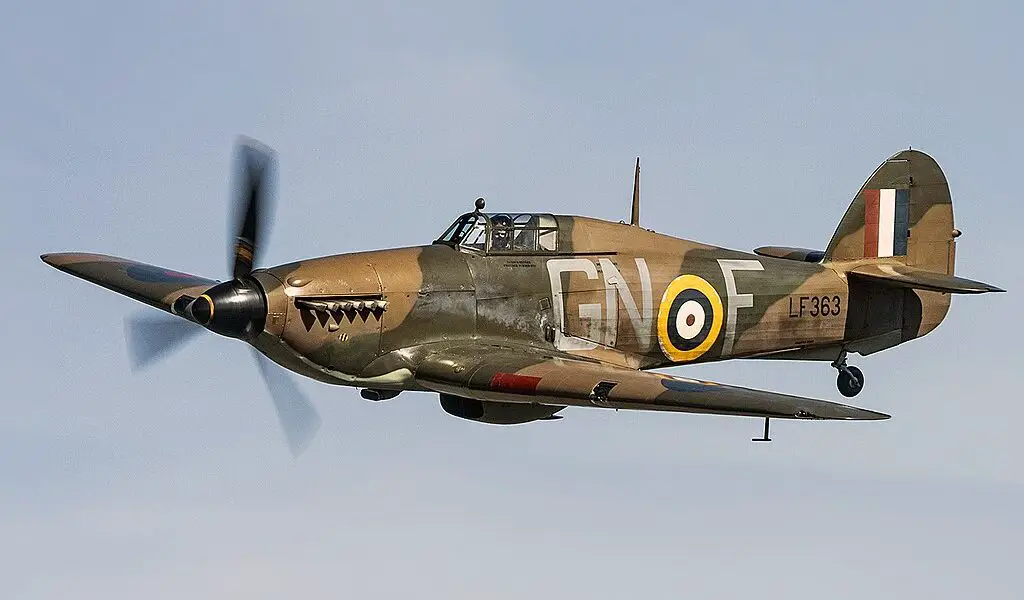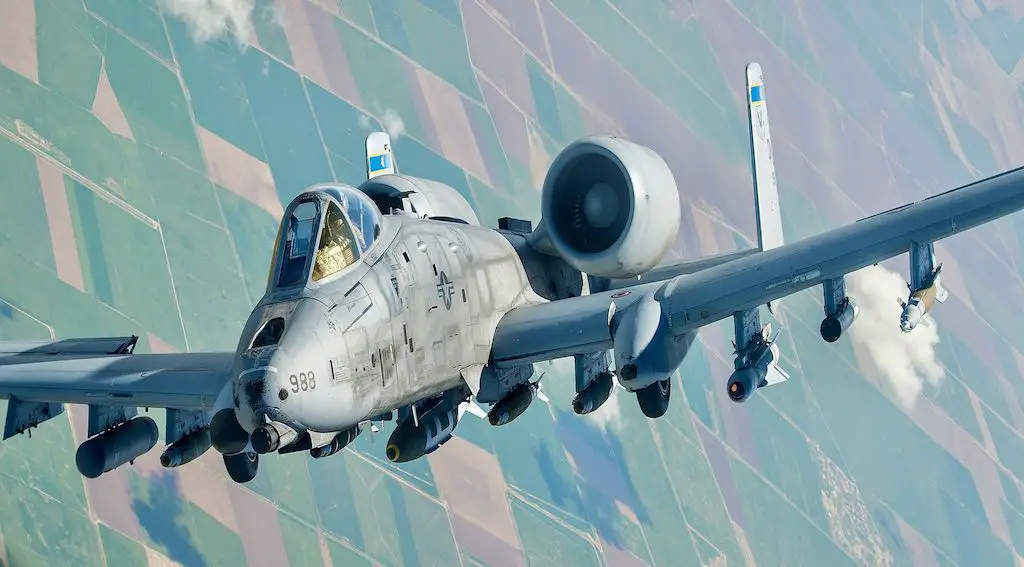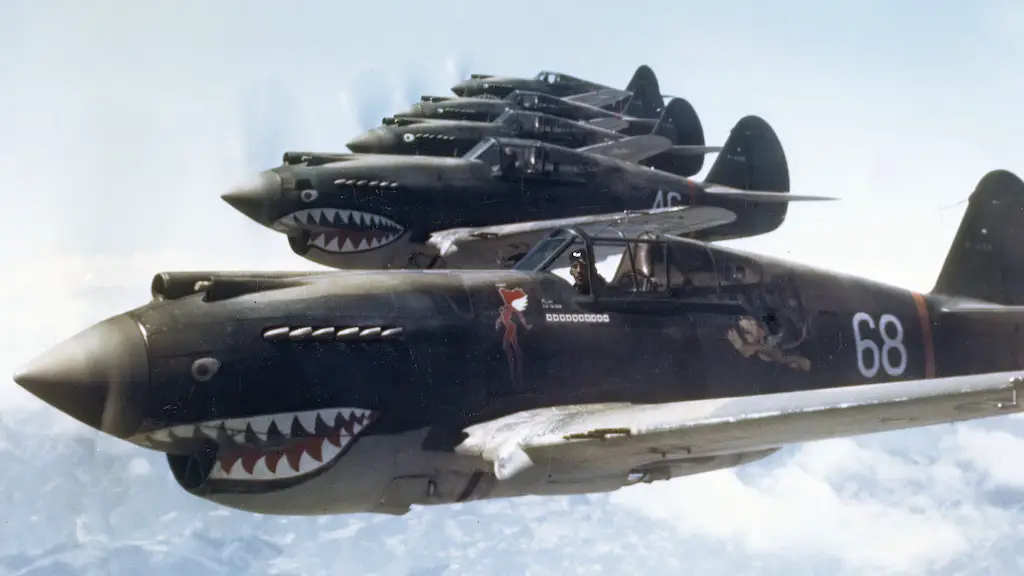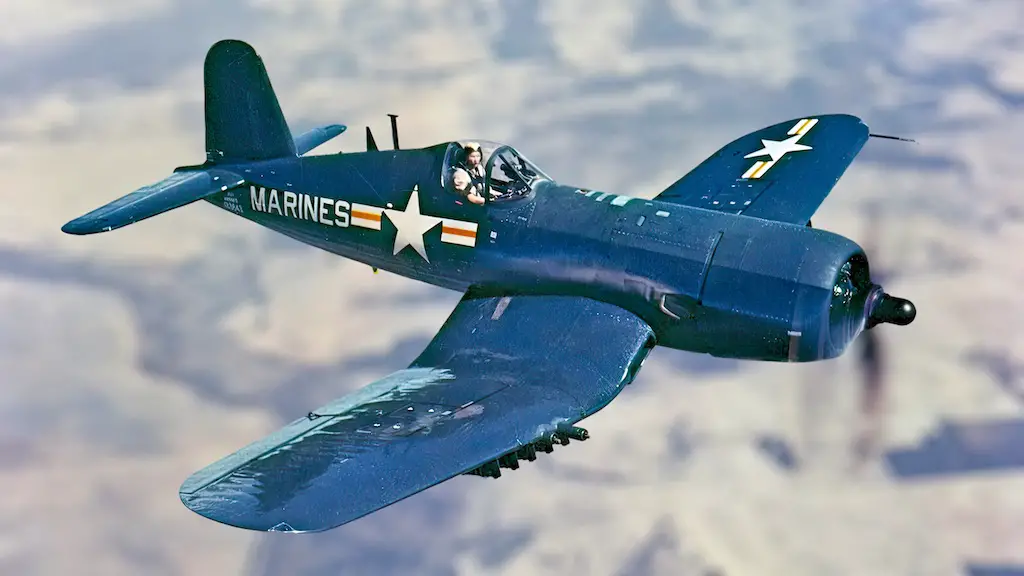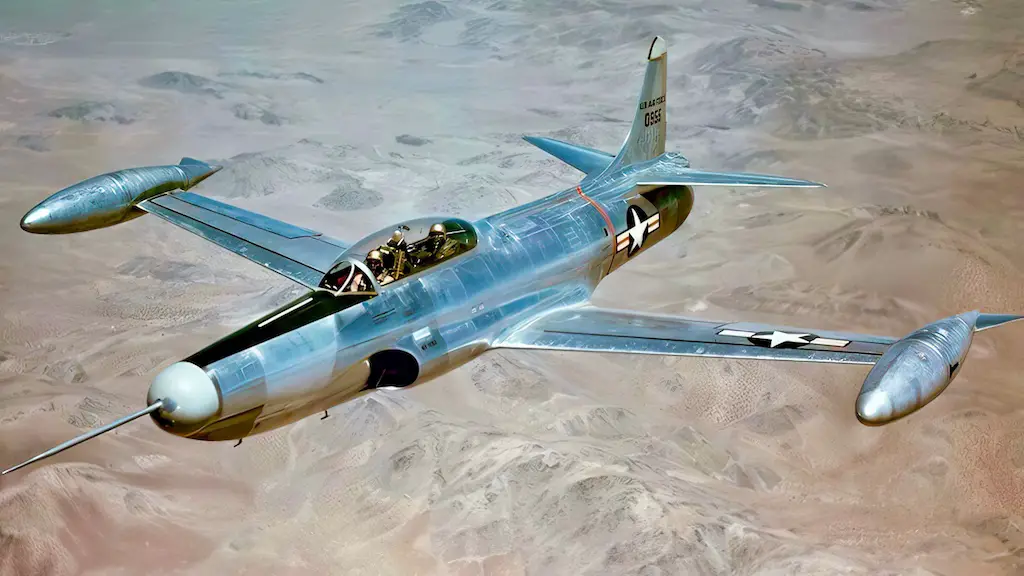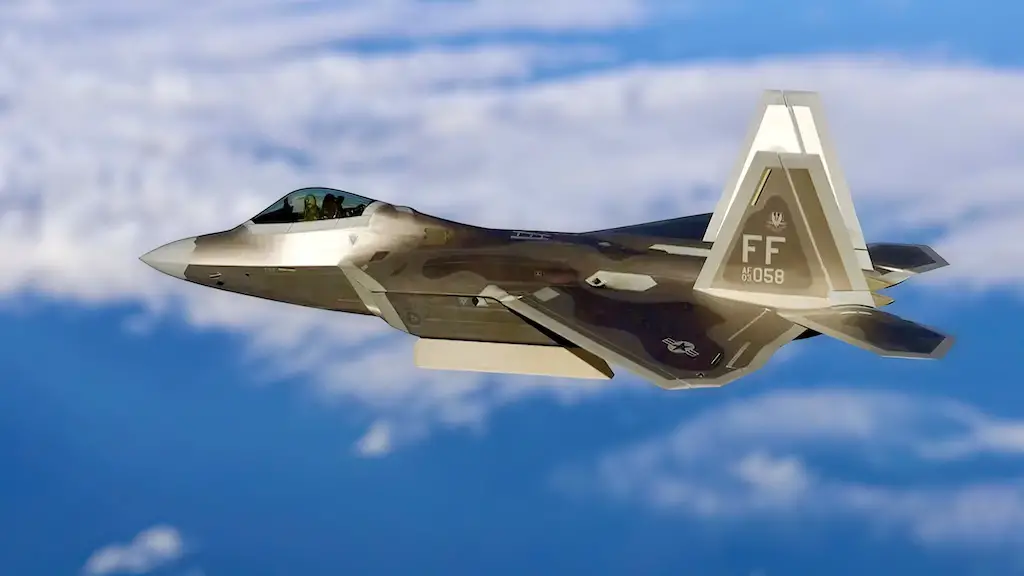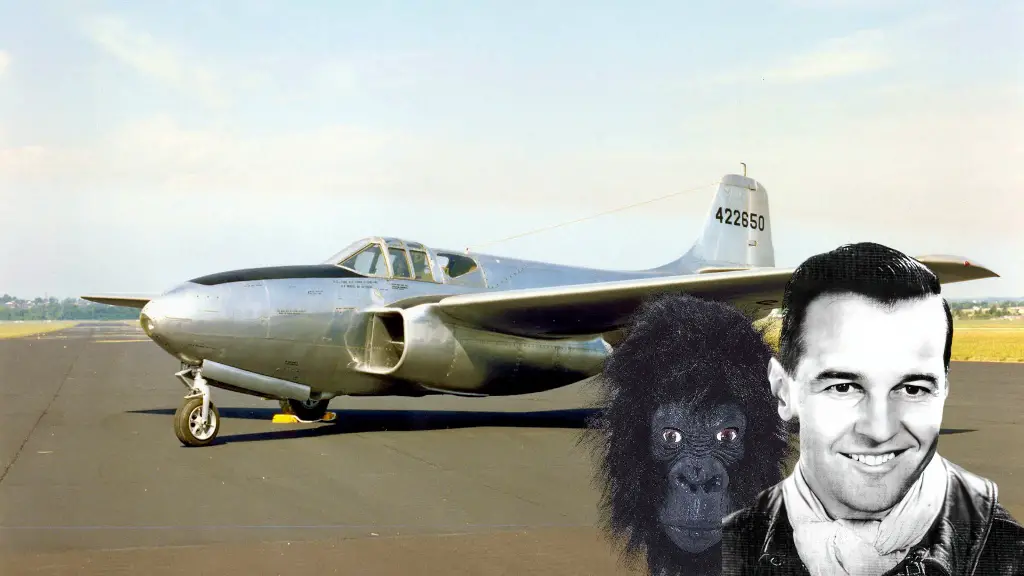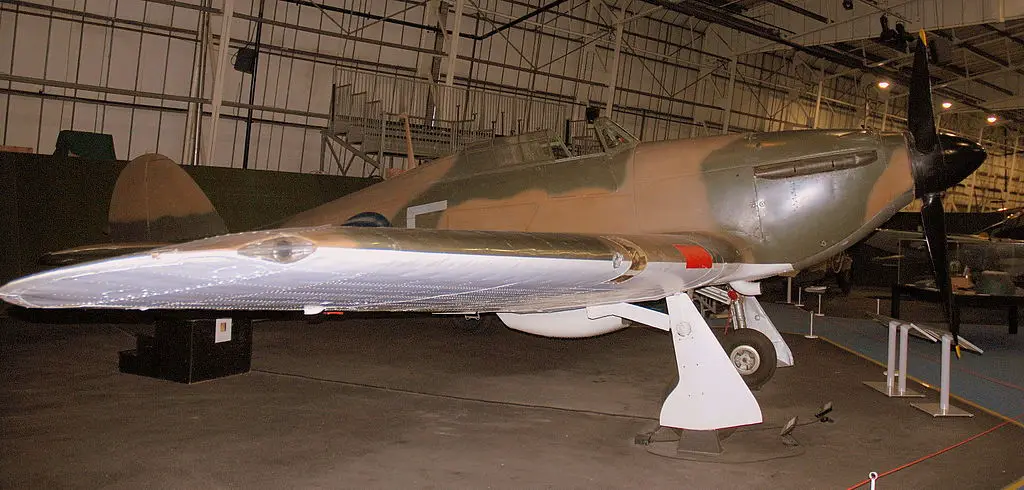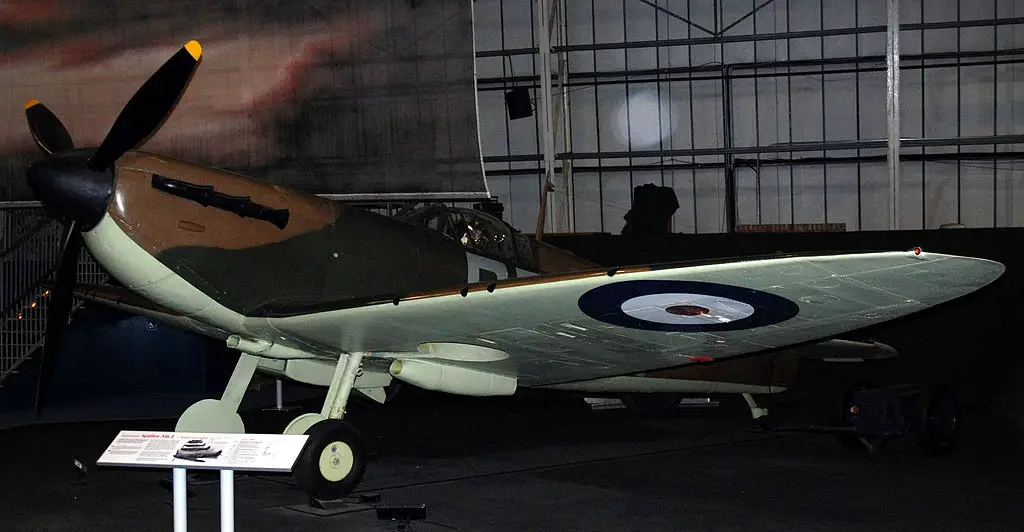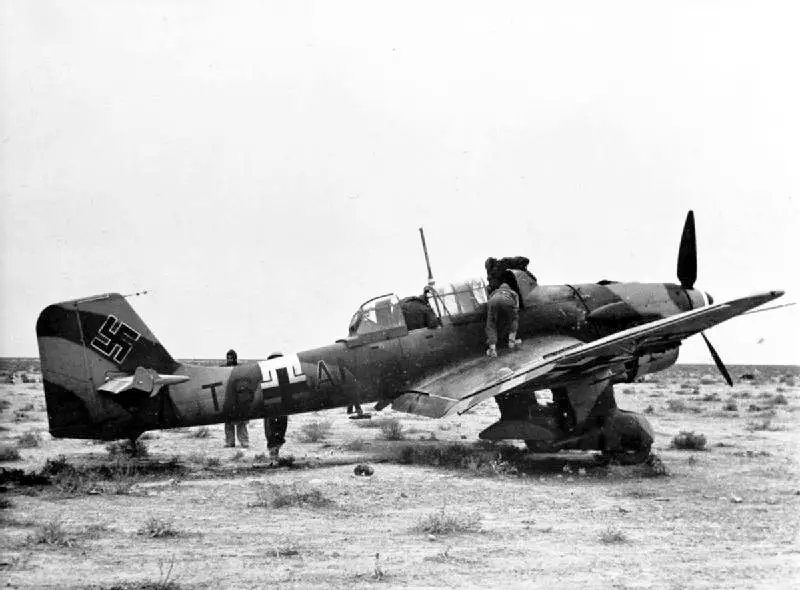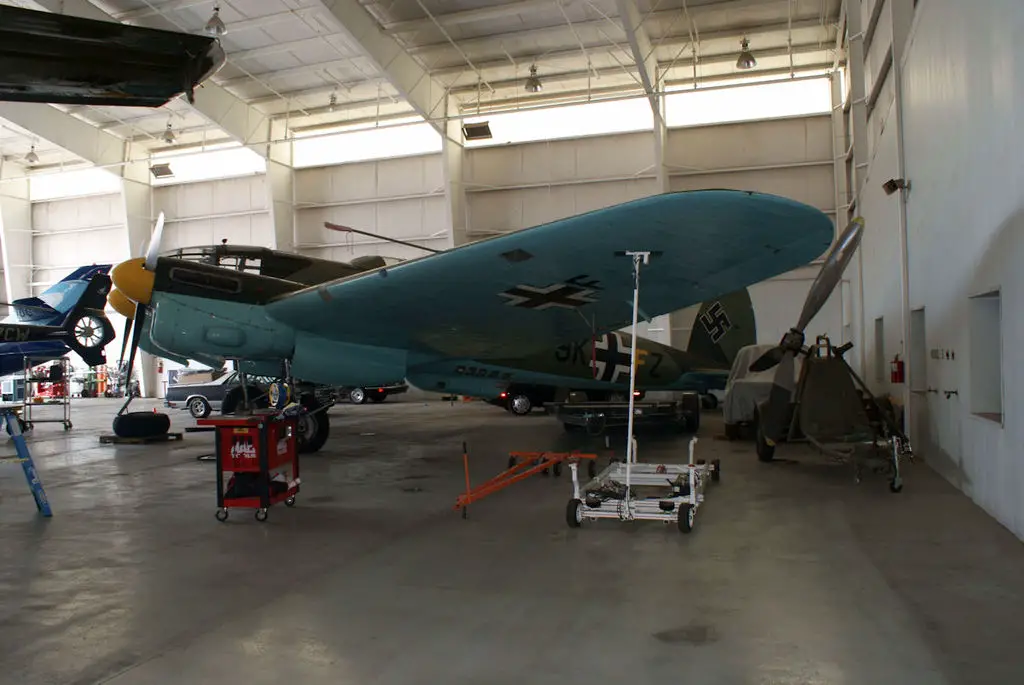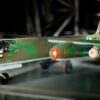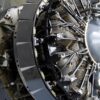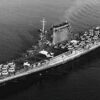The Battle of Britain was a turning point for the Allies during the Second World War. Following their evacuation at Dunkirk from May 26 to June 4 1940, the British Army, along with its allies, nearly escaped encirclement and capture. Though this significantly raised morale; they nevertheless were in a poor state, having abandoned much of their military equipment and vehicles in France.
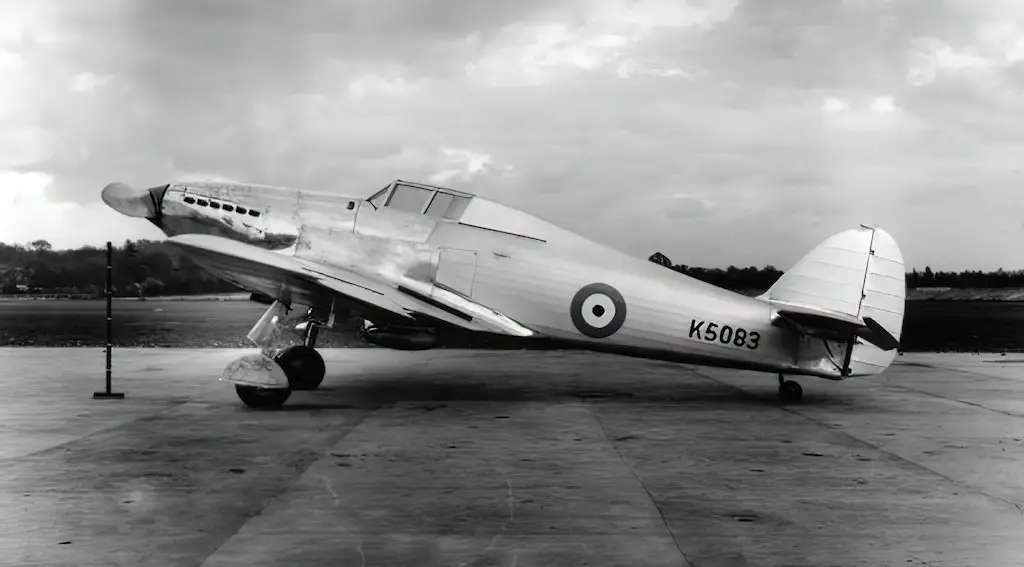
With Winston Churchill as Prime Minister, the British people had a new heightened resolve to fight the Germans until the end. The Home Guard was also mobilised in anticipation of a German invasion of the British Isles. With the English Channel heavily guarded by the Royal Navy and Royal Air Force (RAF), it was essential for the Germans to secure air superiority before their invasion.

The Battle
In July 1940, Germany began an air and sea blockade of Britain with the goal of forcing her government to negotiate a peace settlement or preferably capitulate. The Luftwaffe initially targeted coastal-shipping convoys, ports, and shipping centres, but was redirected to incapacitate RAF Fighter Command on August 1. They began targeting airfields and infrastructure in an attempt to defeat the RAF on the ground. Though outnumbered, the RAF’s fighter pilots had to repel such attacks by the Luftwaffe.
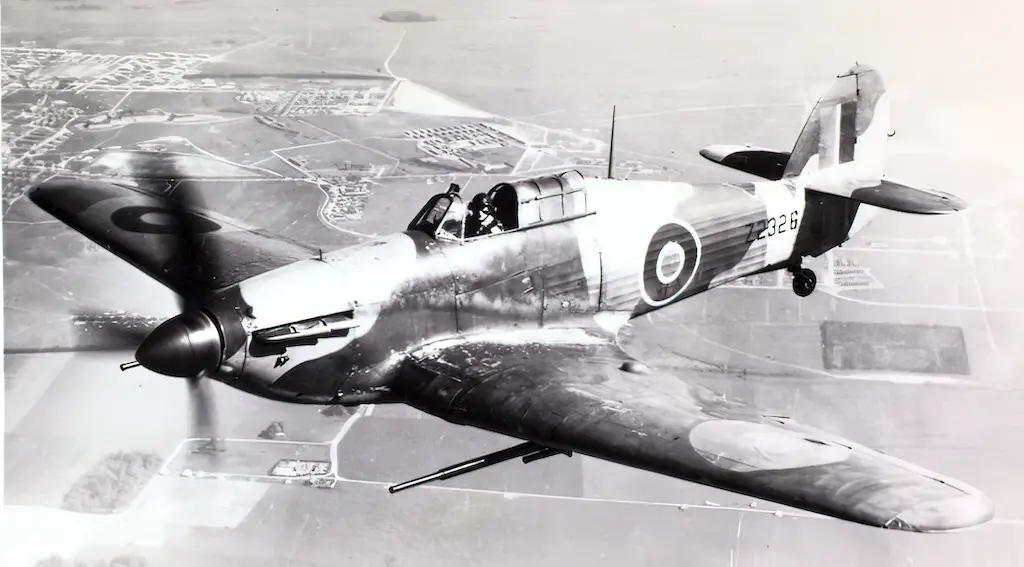
A Hidden Truth
Often, the first that comes to mind about the Battle of Britain is a majestic array of Supermarine Spitfires with their large, oval wings, locked in a dogfight with German Messerschmitt Bf 109s. They could also be envisioned as cutting through formations of Junkers Ju 87 dive-bombers or Heinkel He 111 level bombers.
In any case, whether by the influence of motion pictures and popular cultures or wartime myths, the aircraft of the Battle of Britain that most people remember is the Supermarine Spitfire. In truth, however, the Hawker Hurricane shot down more German aircraft than all other British air and ground defences combined during that very battle.
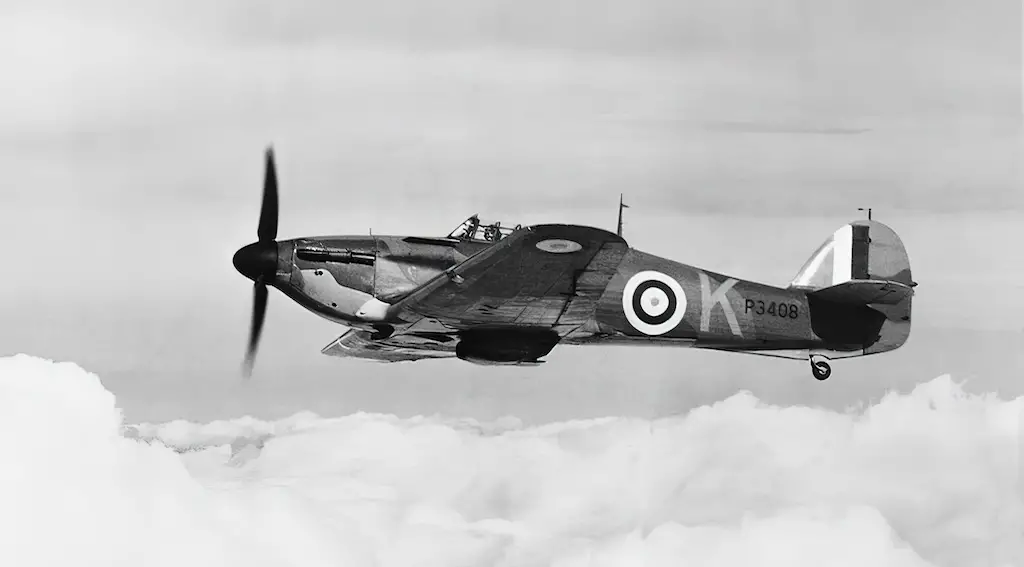
Armament
Although it did not look strikingly different from the Spitfire, at least for laymen’s eyes, the Hurricane featured a more stable gun platform by way of its thicker wings. They permitted its eight .303 calibre M1919 Browning machine guns to be mounted closer together in the wings. This in turn allowed them to fire more accurately. The Spitfire had the same mounted guns, but its thinner wings forced the machine guns to be mounted further out from the fuselage which create an imbalance while firing.
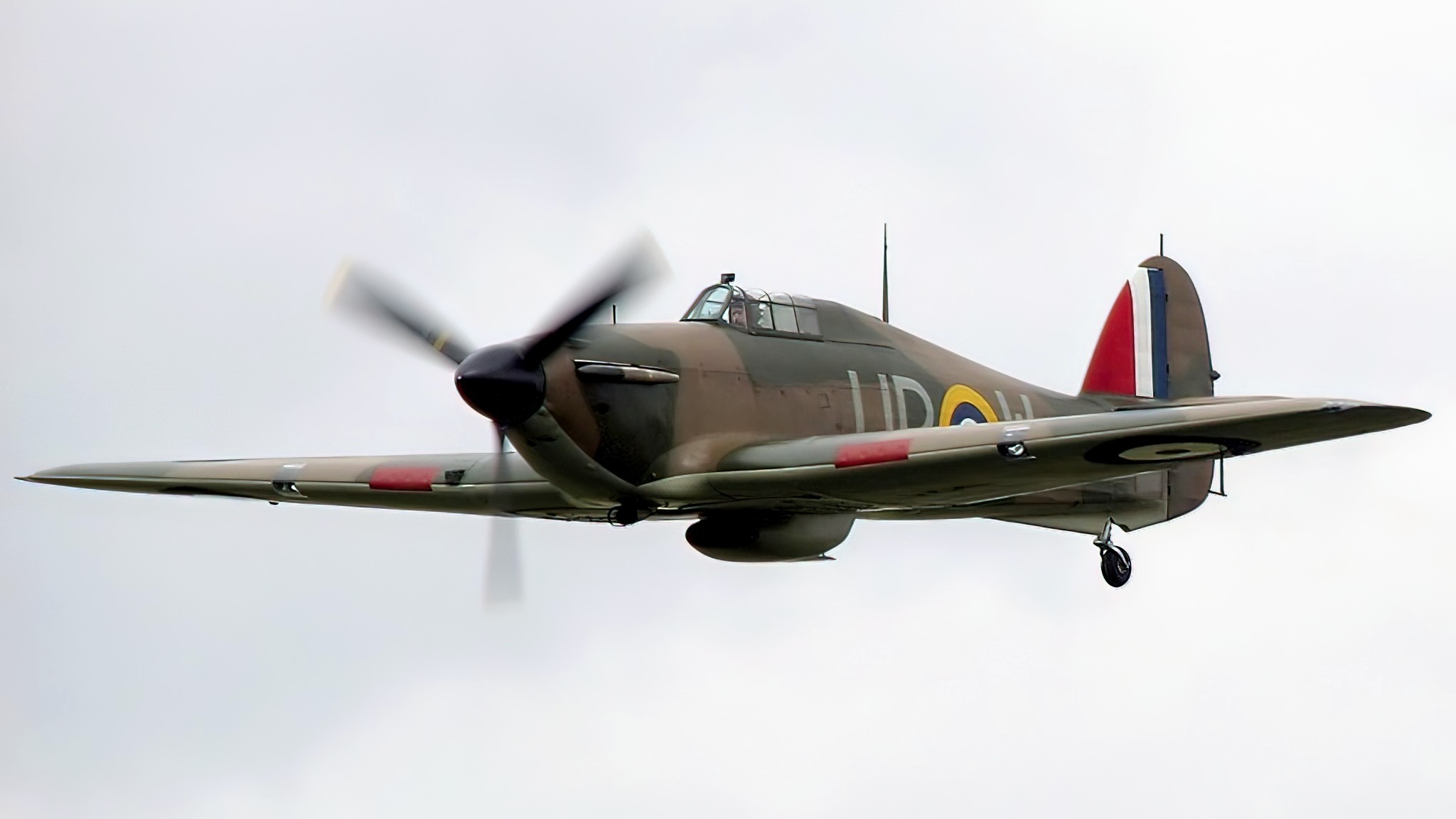
Structural Design
The Hurricane had a large wooden and fabric construction, thus it was easier for ground crews to repair and conduct maintenance. In contrast, Spitfire’s metallic build meant that skilled metal workers ranging from millers to welders were required on sight to conduct repairs. This difference in design also meant that the Hurricane could be mass produced in a shorter amount of time than the Spitfire. During the Battle of Britain, this was translated when 32 RAF fighter squadrons flew in Hurricanes whereas only 19 squadrons flew Spitfires.
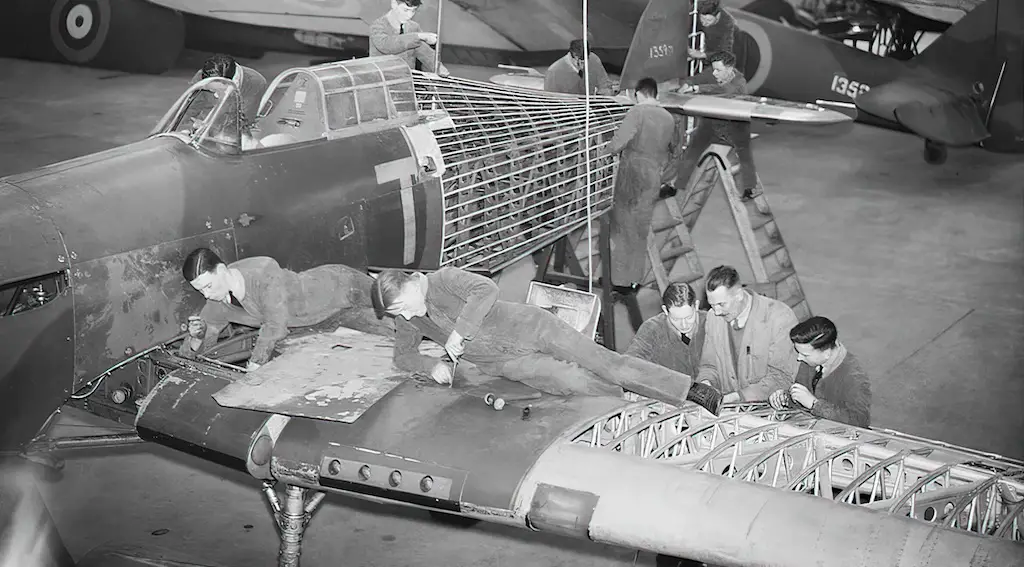
Suited Roles
The Spitfire and Hurricane were not competitive aircraft but rather complementary; each served in the role best suited to them. Both planes were powered by the same Rolls-Royce 27-litre liquid-cooled V-12 Merlin engine. However, the Spitfire could climb faster and turn tighter and with a better grip thanks to its wing design. For these reasons, Spitfires were customarily directed to intercept Luftwaffe escort fighters while Hurricanes attacked the semi-defenceless enemy bomber formations.
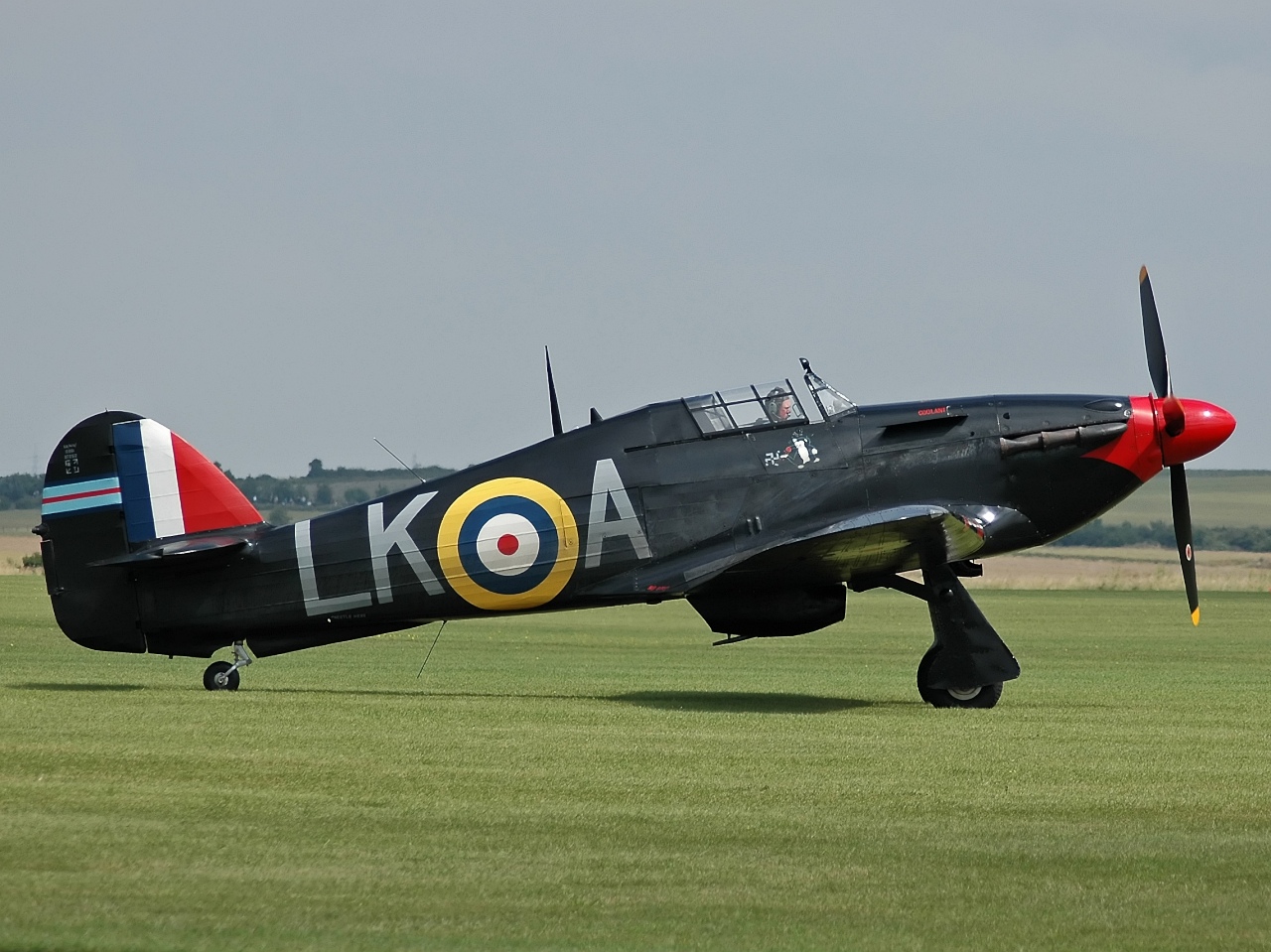
Aftermath
When it comes to the reality of the situation, neither the Spitfire nor the Hurricane could have won the Battle of Britain alone. The two planes, among many others, worked together to repel the onslaught of German air attacks. In the battle’s aftermath, the RAF lost 1,542 aircrews and 1,744 aircraft destroyed while the Luftwaffe reported 2,585 airmen lost or missing, 925 captured, and 1,634 aircraft destroyed in combat. Failing to establish air superiority over Britain was a heavy blow to the German war effort.
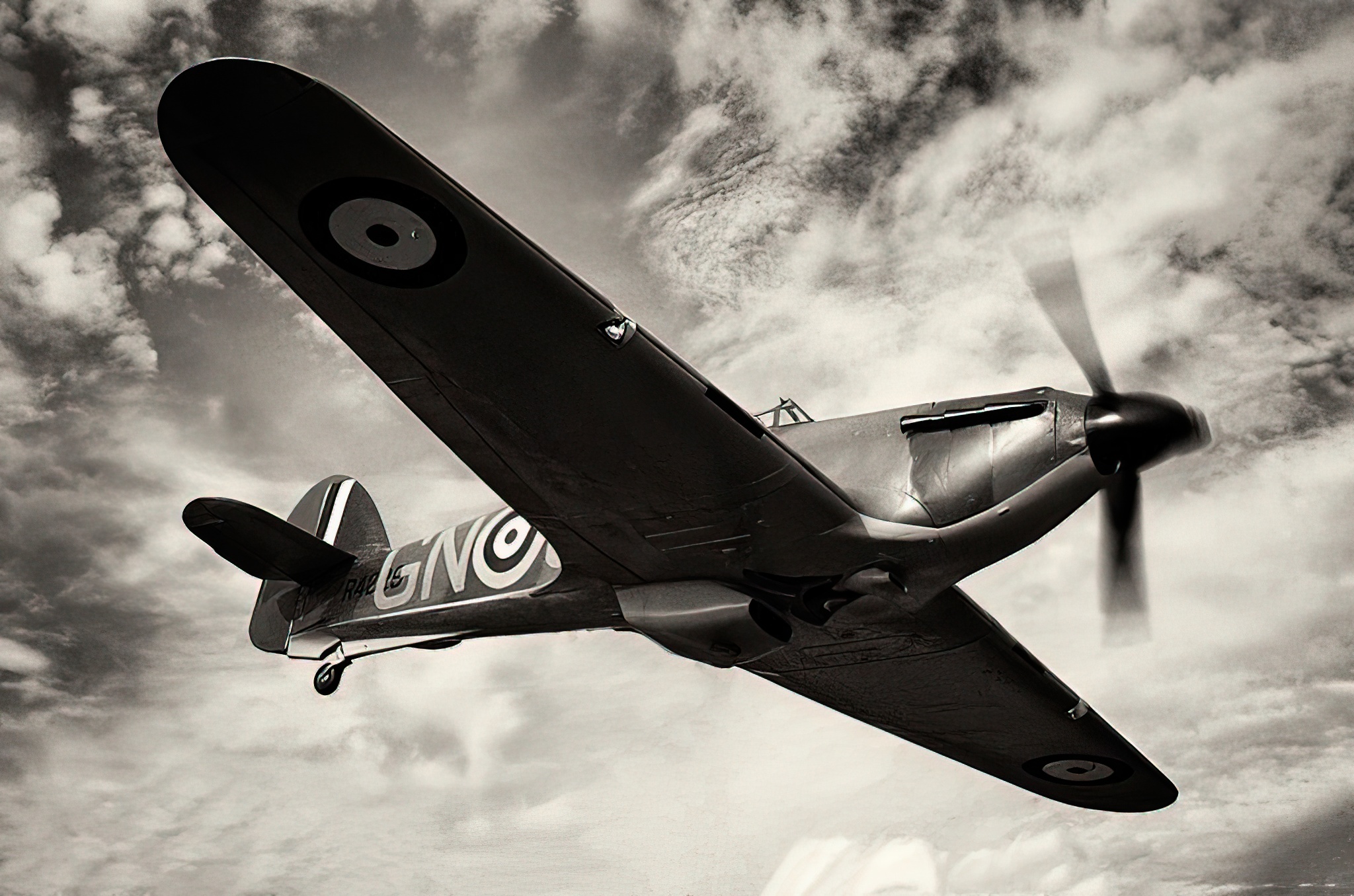
It forced them to temporarily postpone the invasion but then the necessity for Germany to launch a new campaign in the East rendered an invasion of Britain impossible. The Hurricane truly deserves its fair share of fame alongside the Spitfire in staving off the German threat. After all, they downed the larger number of enemy aircraft and a loss in this pivotal battle could have changed the fate of the war entirely.

